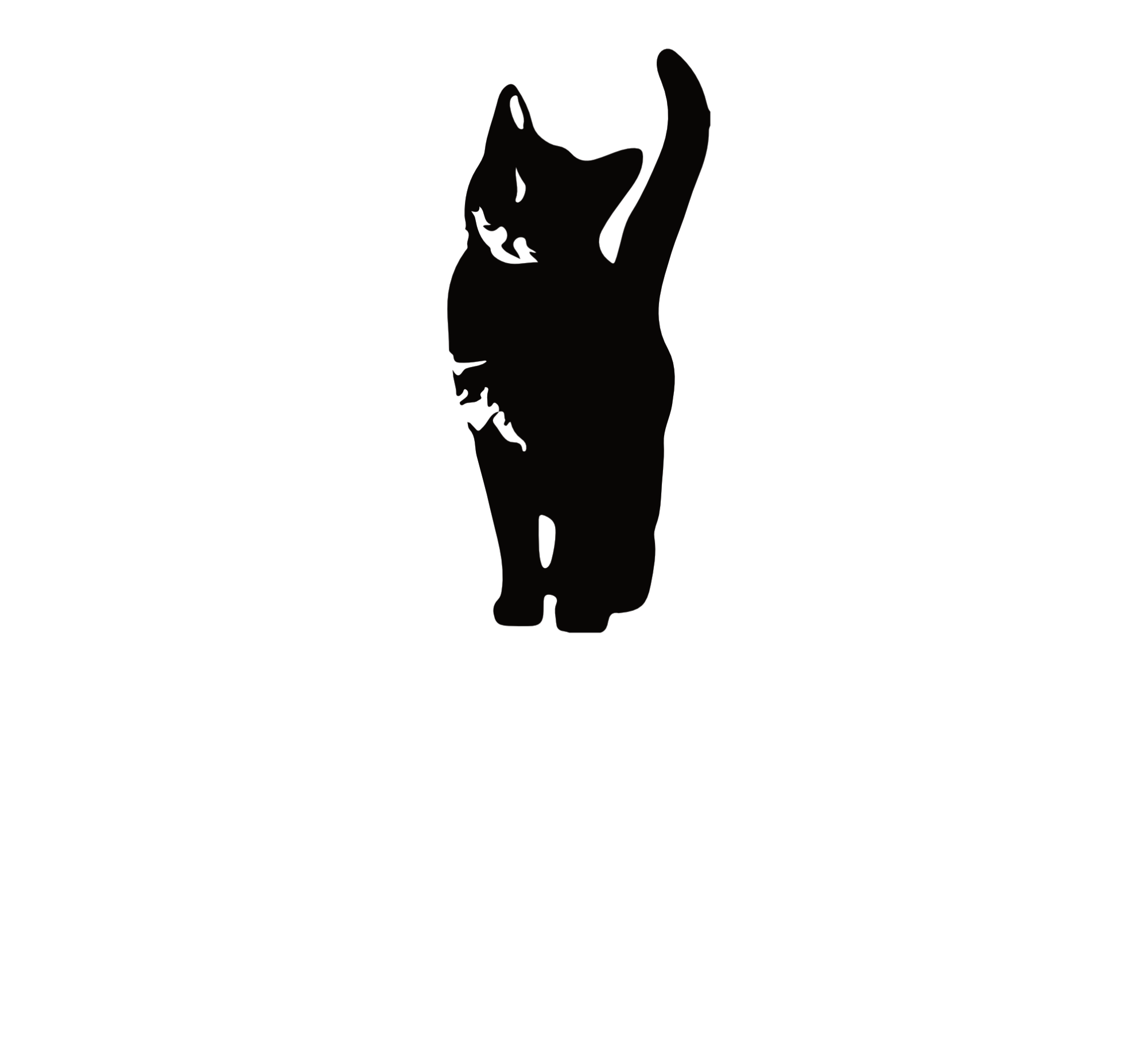This article is third in a three-part series on the past and future of CX with a focus on role of technology in customer experience. Read the first and second pieces on ama.org. The series is a partnership between Dave Fish, Michigan State University visiting professor and founder of CuriosityCX, and Brian Keehner, a candidate in the master of science in market research program at Michigan State University.
The term customer experience (CX) has taken on a much broader meaning than it once did. Initially relegated to post-purchase engagements and viewed as a cost of doing business, CX is now regularly interpreted to encompass the entire consumer journey. It has emerged from the backrooms of customer support to the forefront. The world of customer experience has progressed from a collection of unrelated disciplines that vary by department and company to a coordinated effort with resources and authority.
Origins of Customer Experience
We did not arrive here overnight or even in the past few decades. CX originates from sources as disparate as call center technology and marketing analytics. Clearly, CX will continue to adapt, grow and change in the future. But its origins can help us understand where it is going.
Market Research
Market research emerged in the 1920s as a way of testing and improving advertising. Psychologists such as Dan Starch and George Gallup advanced the fledgling field of market research through the application of scientific principles. Following the post-WWII consumerism boom, market research began to truly emerge as a field of its own. Rooted in advertising and marketing, demand for market research expanded to almost every sector by the 1970s.
Total quality management (TQM) and other customer-focused initiatives rose to prominence by the mid-1980s, and the concept of customer satisfaction subsequently took off. Since customer satisfaction looked like the typical “frame-measure-report-action framework” found in traditional market research, many agencies jumped into customer satisfaction.
One early adopter was Rogers Research, which was acquired by Maritz in the mid-70s. Maritz, a company founded on incentivizing employees to improve performance, used customer satisfaction scores as performance indicators, marking the start of a long and tumultuous marriage between scores and performance. The firm soon started conducting large-scale customer satisfaction studies in Detroit and still does today as MaritzCX. At around the same time, as legend has it, JD “Dave” Power knocked on the doors of Toyota Motor Industrial Equipment and soon started what was to become the quality syndicated business JD Power and Associates. While JD Power initially focused on product quality, it made the jump into the service side of the business in the 1980s.
Process reengineering and quality initiatives increased during the mid-1990s, abetted by a considerable amount of academic squabbling, and created what is often hailed as the “golden age” for traditional market research firms conducting customer satisfaction-focused work. Bradley Gale, author of Managing Customer Value, and others were shifting the discussion from customer satisfaction to customer value. Their theory was that merely ensuring customer satisfaction is not enough, but rather value had to be better demonstrated. Customer value management (CVM) expanded the world from just examining post-purchase aspects to looking at quality, pricing, communication and other aspects of the experience that drive customer value.
Maritz and JD Power became key players in the customer experience arena and were joined by other firms including Gallup, Burke, iSky and Walker Research. At the same time, titans of market research such as Synovate (later acquired by Ipsos), TNS and GfK began gobbling up smaller firms around the world.
In the early days, customer experience research was largely conducted via phone or direct mail. Paper reports were initially used to present findings. With the advent of the internet in the mid-1990s, research companies began transitioning to outbound e-mail and built tailor-made reporting portals. These portals were largely customized for individual client needs and moved paper reports to tabular, web-based reports, which proved to be an easier and more cost-effective way to disseminate data.
Clients quickly became interested in customizing their web reporting sites, and research companies, who were used to accommodating ad hoc requests, happily obliged. This practice resulted in each client essentially having its own highly customized personal reporting website; but these sites were expensive to build, initially plagued with quality issues and required perpetual care and development as new technology and security concerns emerged. It also effectively locked out smaller client organizations that could not afford the hefty price tag associated with these large custom enterprise systems.
It was around the late-1990s when new competitors began appearing from other ad agencies and applied a new approach to the problem of capturing the voice of the customer. The industry leaders were initially dismissive of these new upstarts, as is all too common in industries facing change. Little did they know how this emergence would foreshadow disruption.
The Tech Startups and EFM
In 2001, Esteban Kolsky, then a Gartner analyst, began writing about customer feedback systems, which soon became known as enterprise feedback management (EFM). In the mid-2000s, several tech startups began appearing in Silicon Valley, Salt Lake City, Vancouver, Toronto and parts of Europe.
Early players included Service Management Group (1991), Confirmit (1996), Mindshare (1997), Empathica (2001) (now part of InMoment), Medallia (2001), Qualtrics (2002) and Allegiance (2005) (now part of MaritzCX). While their approaches all varied slightly, the common value proposition was this: We can deliver 80% of your needed functionality in near real-time for a fraction of the cost of bespoke solutions, and we are able to integrate multiple data sets.
Most were able to deliver on the promise of a fast, basic approach to customer feedback gathering and dissemination, but the boom of customization came at a cost. Early players set the stage by creating the demand for ad hoc programs. Firms found the high price of building customized platforms less fiscally prudent than repurposing existing programs that could produce a similar end result.
For a while, large traditional research players were selling high-end custom solutions tailored to large enterprise clients. The new EFM upstarts, in contrast, were selling standard solutions out of the box to small and medium-sized businesses. These differing approaches allowed both to occupy their own respective niche.
Each player seemed to follow the practice of picking their own area of specialty and largely preoccupied themselves with pursuing dominance of that respective vertical. Beyond tradition industries like travel, hospitality and business services, EFM systems have been applied to human resources (e.g., Namely, Workday and ADP), health care (e.g., Access and Perigen) and the nonprofit sector (e.g., Vovici and Ruffalo Noel Levitz).
This started to change dramatically in the mid-2000s. The EFM firms now became mortal threats to the entrenched research firms. But it wasn’t just the EFM players who sensed opportunity and wanted a slice of the action.
Call Centers
Call centers were logical places for customer satisfaction feedback systems to take root and flourish. With large transactional volumes, typically younger and/or less experienced agents, and a strong emphasis on performance metrics and coaching, call centers were aching for the insight voice that the customer could provide. Companies like ResponseTek and others sensed this desire and offered a platform that could handle the complexities of systems with many agents and organizational hierarchies that changed almost daily. It was only a matter of time until call center software companies would design their own EFM platforms.
Sensing opportunity, call center software providers added value to their existing technology. Verint is a very large call center, customer engagement and surveillance technology provider. With sales surpassing $1 billion in 2017, it has also created customer feedback software systems that many of its customers use in addition to their own EFM software application.
Born out of the Israeli intelligence community in 1986, NICE systems now has revenues more than $1 billion as well. With a pedigree for security, surveillance and call center software, NICE built its own EFM software initially for post-call center satisfaction. NICE recently acquired Satmetrix to further establish itself in the CX technology space. Another player of note is Convergys, who also operates in the EFM space and has a call center technology heritage.
The NPS Effect
The seminal work of Fred Reichheld, Bain, and Satmetrix appeared in the Harvard Business Review in 2003. Called the Net Promoter Scores (NPS), it was a simple way to take on two major problems in the CX world at the time: complexity and ROI.
First, many of the voice-of-the-customer systems at the time had complicated weighting systems and indices which were difficult for users to understand. In contrast, NPS was understandable for executives and front-line employees alike. It is a simple, 11-point scale that subtracts brand “detractors” from brand “promoters.” As is the case with many popular ideas, the simplicity of the idea made it appealing and aided in adoption.
Second, client companies were investing millions in CX, often seeing little in return for their efforts. While others have demonstrated the link between customer experience and business outcomes, none did so as eloquently as NPS.
While there is still much controversy around the NPS concept, no one can debate the impact it has had on the industry. When asked whether it helped or harmed the industry, Customerthink editor Bob Thompson said, “I have to edge to ‘helped’…NPS is a key reason that people are interested in CX and why it’s become a boardroom issue.”
Not long after, in 2011, the CX discipline was further advanced with the founding of the Customer Experience Professionals Association (CXPA) by Bruce Temkin and Jeanne Bliss. This created an intellectual home for people from many different disciplines and reinforced the legitimacy of the field of CX.
Where We Are Today
Despite repeated claims of EFM’s death, both the term and the application are very healthy and growing, albeit under alternative acronyms, such as CFM. Likewise, CXPA appears to be healthy and growing with close to 14,000 followers on LinkedIn.
Today, the definition and purview of customer experience continues to grow, with many looking at the “C” in CX and wondering if it does not capture an end-to-end experience. After all, the CVM work of the 1990s was looking at aspects of the experience outside of post-purchase (to a limited degree), but never really established a beachhead into acquisition, the traditional province of marketing. Today, with a call to “bring down the silos” inside organizations, CX is finally starting to break the bonds of post-purchase experience to be more inclusive of the entire journey, from catalyst to disposal.
While there are many different types of organizations in the CX space, the EFM firms who have infused technology into domain expertise form the basis of the industry. Their increasingly large footprint in the CX space has them poised to continue to redefine the industry. These firms vary considerably in the size of their business and the scope of their CX management solutions, but they have a wide global reach. This global presence is supported with myriad office locations, predominantly throughout North America and Europe, which support customers in more than 50 countries across the world. Who will be on top in five, 10, or 20 years is anyone’s guess, but here are today’s key players (listed in alphabetical order).
Clarabridge
Reston, Virginia
Clarabridge is an experience management and text analytics software provider.
Confirmit
Oslo, Norway
Confirmit is a provider of voice-of-customer and market research software.
Customerville
Seattle, Washington
Customerville is a customer experience-focused survey software provider.
InMoment
South Jordan, Utah
InMoment is a customer experience-based management company.
Market Force Information
Norcross, Georgia
Market Force Information specializes in CX management solutions that are designed to deliver location-level customer feedback.
MaritzCX
Lehi, Utah
MaritzCX is a customer experience-focused company.
Medallia
San Mateo, California
Medallia is a provider of SaaS customer experience management solutions.
Questback
Oslo, Norway
Questback is a provider of online survey and feedback management solutions.
Satmetrix
San Mateo, California
Satmetrix specializes in customer experience management software.
Qualtrics
Provo, Utah
Qualtrics is an experience management software company.
ResponseTek
Vancouver, Canada
ResponseTek is a provider of enterprise customer experience management solutions.
Service Management Group
Kansas City, Missouri
SMG (Service Management Group) is a CX technology and insights company.




